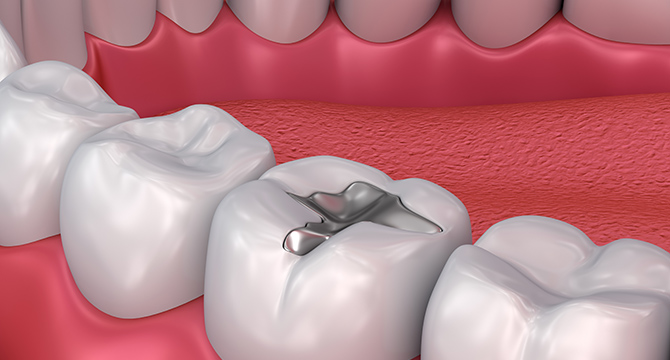What is a filling?
A filling is a way to restore a tooth damaged by decay back to its normal function and shape. When a dentist gives you a filling, he or she first removes the decayed tooth material, cleans the affected area, and then fills the cleaned out cavity with a filling material.
By closing off spaces where bacteria can enter, a filling also helps prevent further decay. Materials used for fillings include the most popular material - a composite resin (tooth-colored fillings), porcelain, gold, and although very rarely used nowadays - amalgam (an alloy of mercury, silver, copper, tin and sometimes zinc).
What happens during a filling, and how do I know that a filling will fix the problem I may be having?
What happens when you get a filling?
If your dentist decides to fill a cavity, he or she will first remove the decay and clean the affected area. The cleaned-out cavity will then be filled with any of the variety of materials described above.
How do I know if I need a filling?
Only your dentist can detect whether you have a cavity that needs to be filled. During a checkup, your dentist will use a small mirror to examine the surfaces of each tooth.
Anything that looks abnormal will then be closely checked with special instruments. Your dentist may also x-ray your entire mouth or a section of it. The type of treatment your dentist chooses will depend on the extent of damage caused by decay.
The video shows how to take care of your filling, after it is complete.

